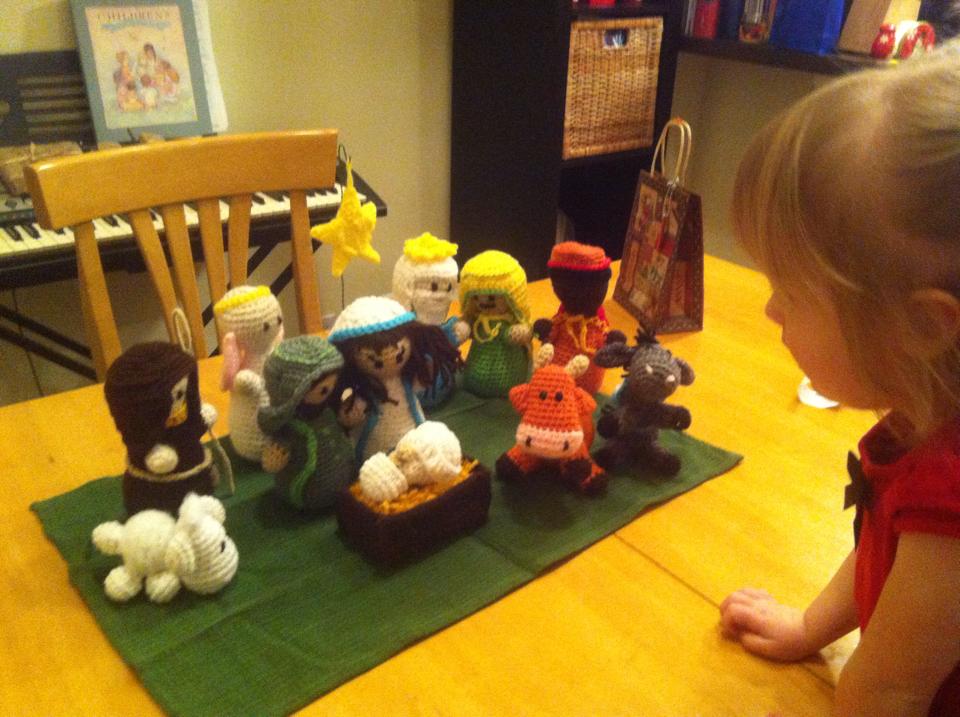Today as my daughter was opening the last of the nativity set, she got baby Jesus to add to the other figures.
As I thought about it, I was reminded from this year’s Christmas devotional where Elder Rasband made the statement about the role of the shepherd as witnesses and as such they were worthy and just.
It occurred to me that there are parallels between those witnesses and the witnesses who testified of the origins (nativity, if you will) of the restoration, represented by the Book of Mormon.
The Book of Mormon had three original witnesses, furthered by 8 additional witnesses. Eleven total to stand with Joseph affirming that they saw the plates from which the Book of Mormon came from.
Christ’s birth was witnessed by three wise men, a number of shepherds, and the old man at the Temple. We don’t know the exact count this comes to and undoubtedly there were others, but there is a simple symmetry there.
In both cases it would be a few years before special witnesses, apostles, would be called–but our Heavenly Father called just men to testify of His divine work, to establish the seeds of faith in an otherwise time of confusion and difficulty, which led to the more formal organization of His work in each given time.
It affirmed for me both of the restoration and the divinity of the Savior. Both have such significant roles respectively in helping us understand the who and why we worship, that God prepared a way by which people could exercise faith in the origins of that dispensation.

You must be logged in to post a comment.